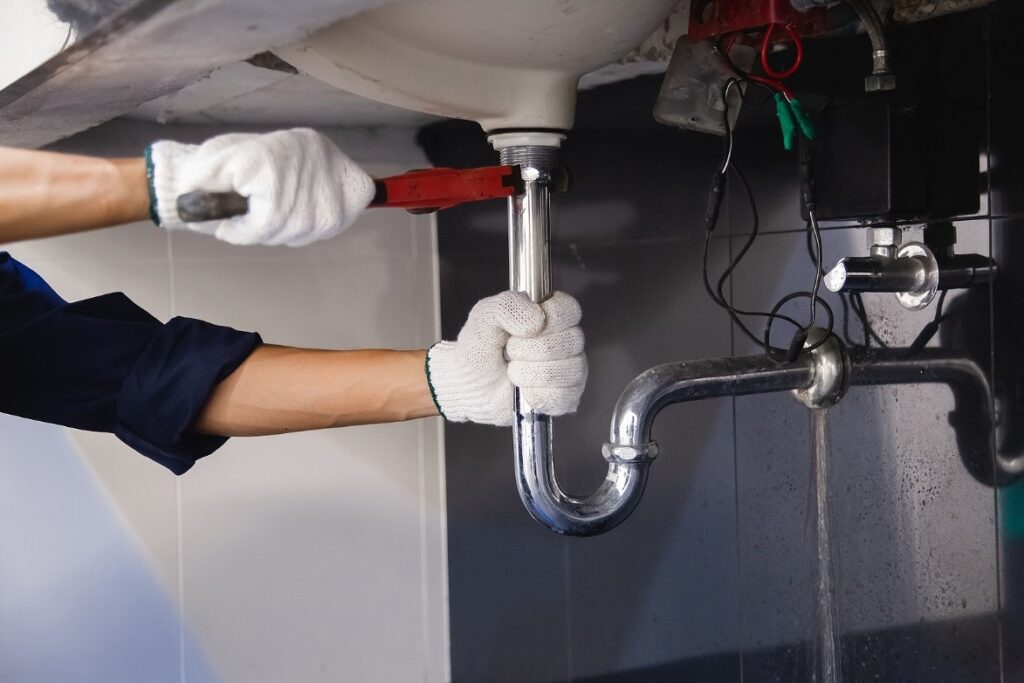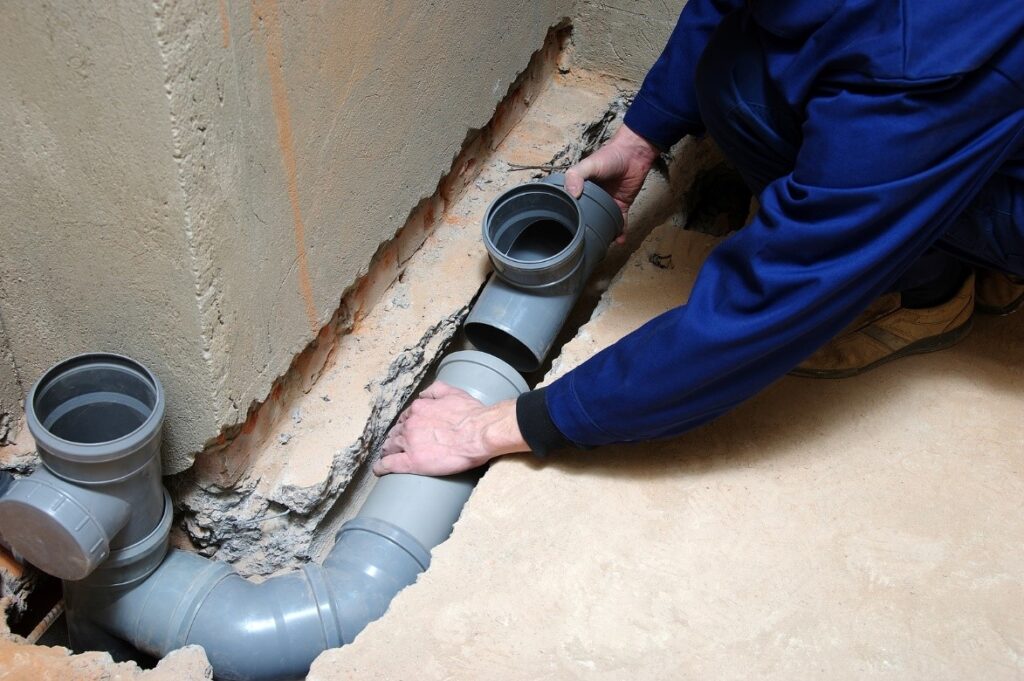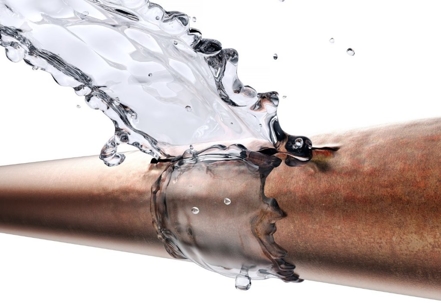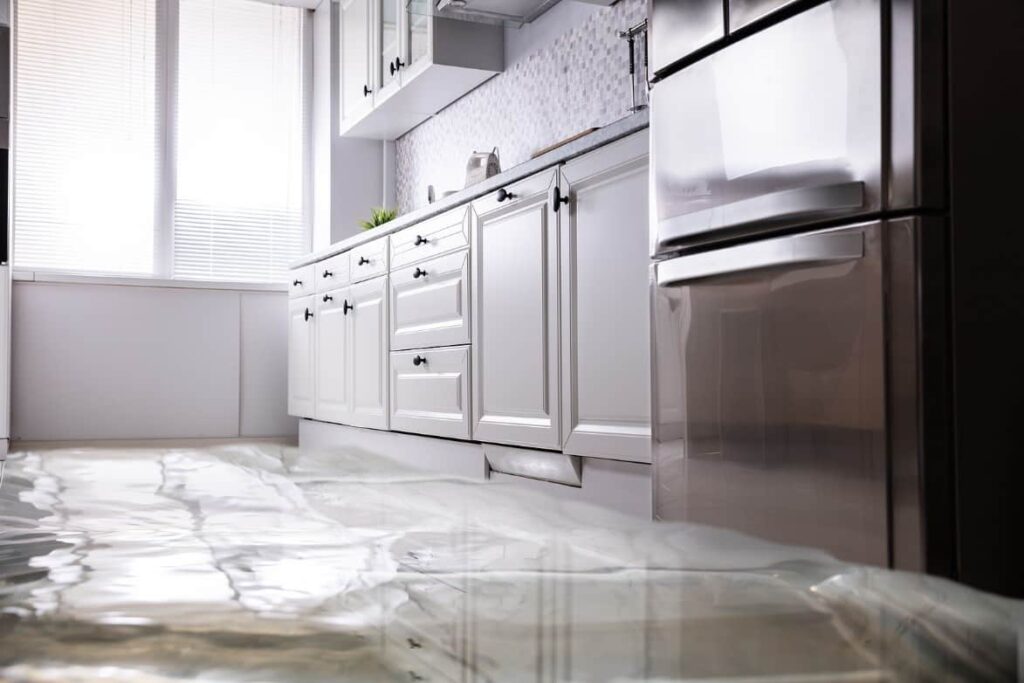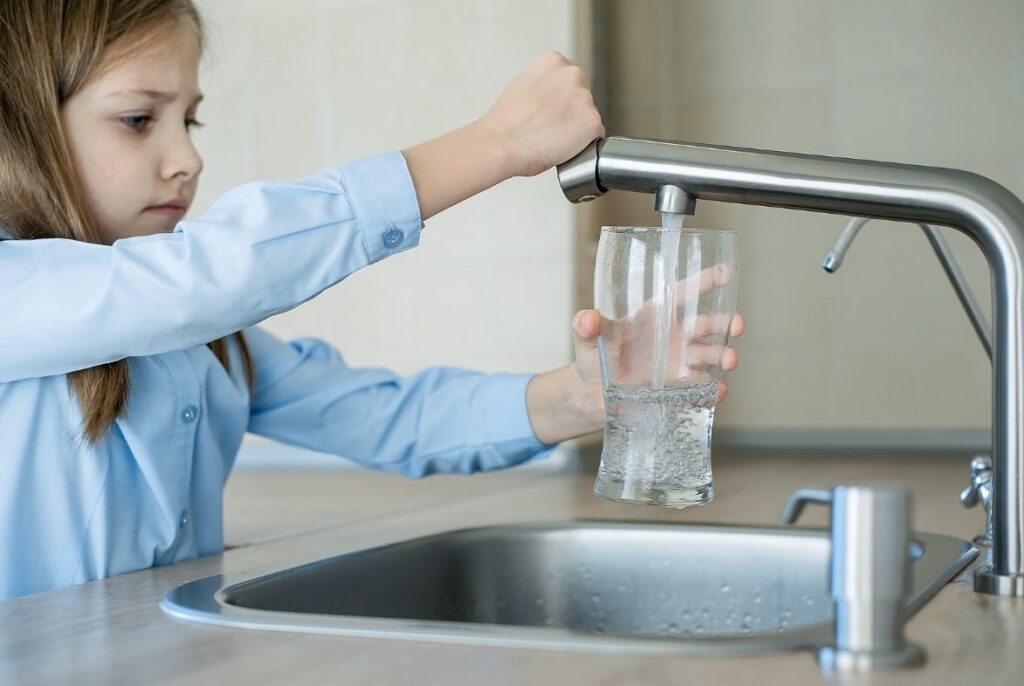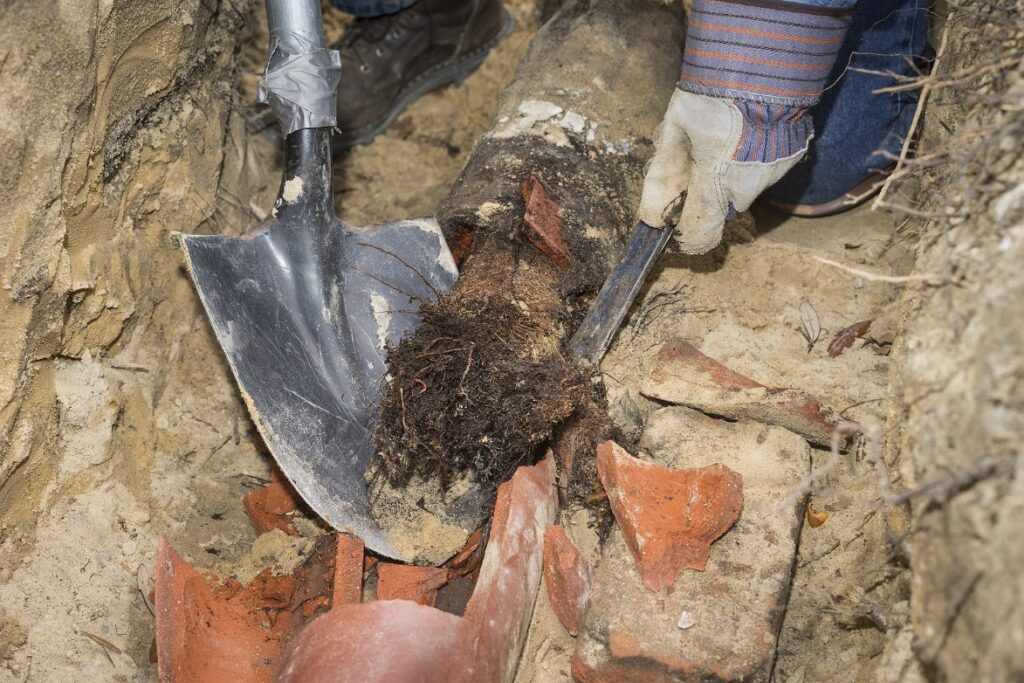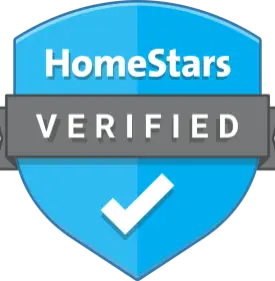Go Green With Your Plumbing
Why Go Green With Plumbing?
Going “green” with sustainable plumbing products and techniques is not very hard or expensive. Government regulations now require the installation of water- and energy-saving plumbing products in newly built homes.
Many adults visiting their parents may find themselves using the same toilets, faucets, and showerheads they grew up with as children. While nostalgic, this likely means that older homes are wasting water, electricity, and money. Even if fixtures and faucets still function properly, it might be time to replace them with newer, more efficient models.
Sustainable Plumbing Improvements
1. Low-Flow Toilets
- Modern toilets flush using no more than 6.0 litres of water.
- Older models (1980–1994) used more than twice that amount, and pre-1980 toilets may use up to 19 litres!
- Switching to low-flow toilets can save you hundreds of dollars annually on your water bill.
2. Dual-Flush Toilets
- These feature two flushing mechanisms:
- One for liquid waste, using about half the water.
- One for solid waste.
3. Low-Flow Faucets
- These operate at less than 11 litres per minute (lpm).
- They can save an average household as much as 7.5 litres of water daily.
4. Low-Flow & Adjustable Showerheads
- Low-flow showerheads typically flow at 7.5–9.5 lpm.
- Adjustable-flow models let you control water flow and even shut it off entirely while lathering.
5. Energy-Efficient Water Heaters
- Water heaters last about 12–15 years, though some function for twice as long.
- Replacing an older unit with an energy-efficient model saves money on energy bills and prevents inevitable breakdowns at inconvenient times.
6. Tankless Water Heaters
- Also called “on-demand” or instantaneous water heaters.
- These heat only small amounts of water when needed instead of maintaining a large tank of heated water.
- They conserve both energy and water.
Learn More About Water Conservation
For a complete list of water-saving tips, visit the CA’s website on water conservation or the EPA’s “WaterSense” website, which partners with Canada.
Or, simply give us a call, and we’ll gladly provide you with tailored options to suit your home and lifestyle.

 Book
Book Call
Call 